Physicists Uncover What Actually Happens After Black Holes Die
In recent years, black holes have transitioned from being purely theoretical concepts to well-documented astrophysical entities.
Key evidence includes the first observation of spacetime ripples from black hole collisions and the groundbreaking image of a black hole published in 2019.
The Quantum Conundrum
Einstein’s general relativity, which describes the universe on a grand scale, predicts black holes. However, these objects also influence spacetime on a minute scale, implying intriguing quantum properties.
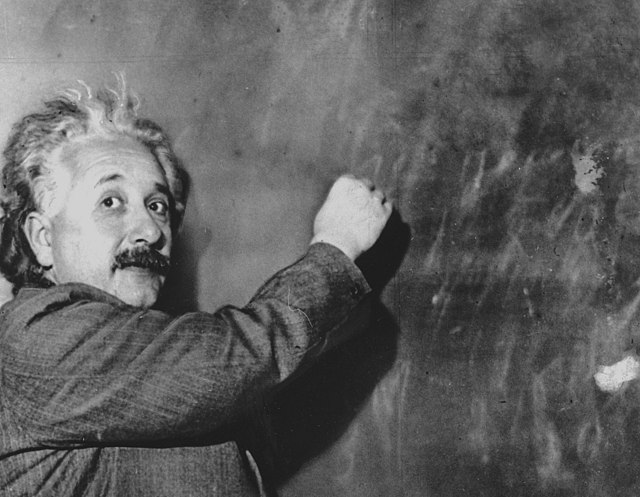
Source: Wikimedia
The main challenge for theorists is to integrate relativity and quantum mechanics into a cohesive theory, known as ‘loop’ quantum gravity, which accurately predicts observations.
Unveiling Black Hole Mysteries
Over the past decade, theorists have made significant progress in understanding black holes, offering potential explanations for some of cosmology’s biggest mysteries.
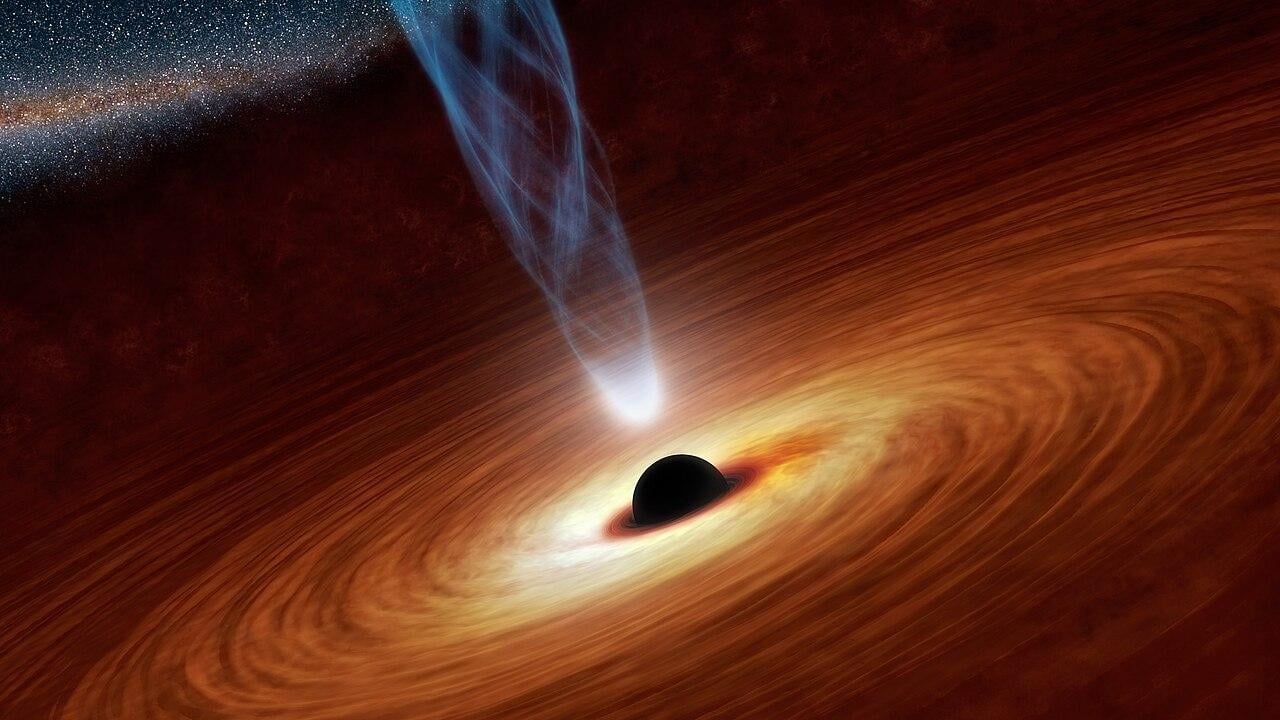
Source: Wikimedia
Physicists Carlo Rovelli and Francesca Vidotto from Western University in Canada have reviewed this progress, revealing some astonishing conclusions.
A Radical Transformation
Their recent work suggests that black holes, upon dying, transform into white holes.
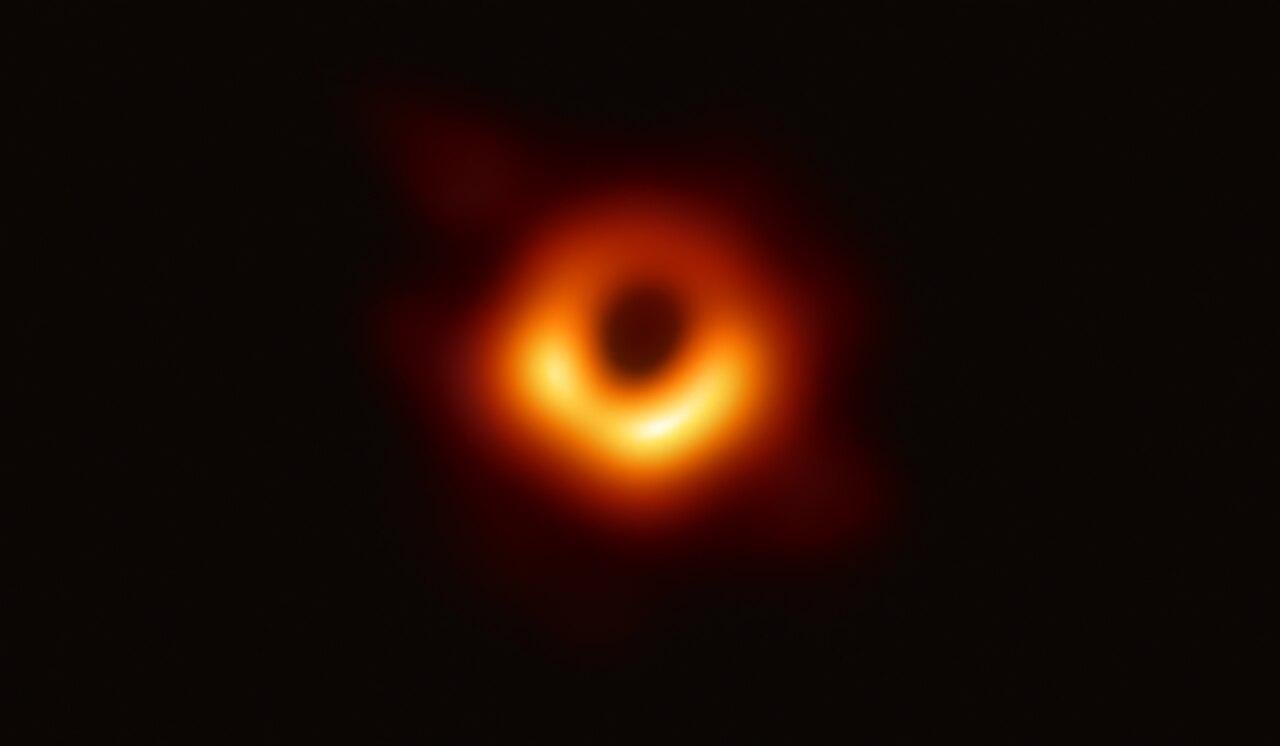
Source: Wikimedia
They propose that countless tiny white holes might be passing through Earth at any time and that these objects could be the elusive dark matter believed to fill the universe.
Insights from Loop Quantum Gravity
Astrophysicists have long suspected that black holes are not static objects but evolve over time. Recent theoretical advancements in loop quantum gravity have shed light on this evolution.
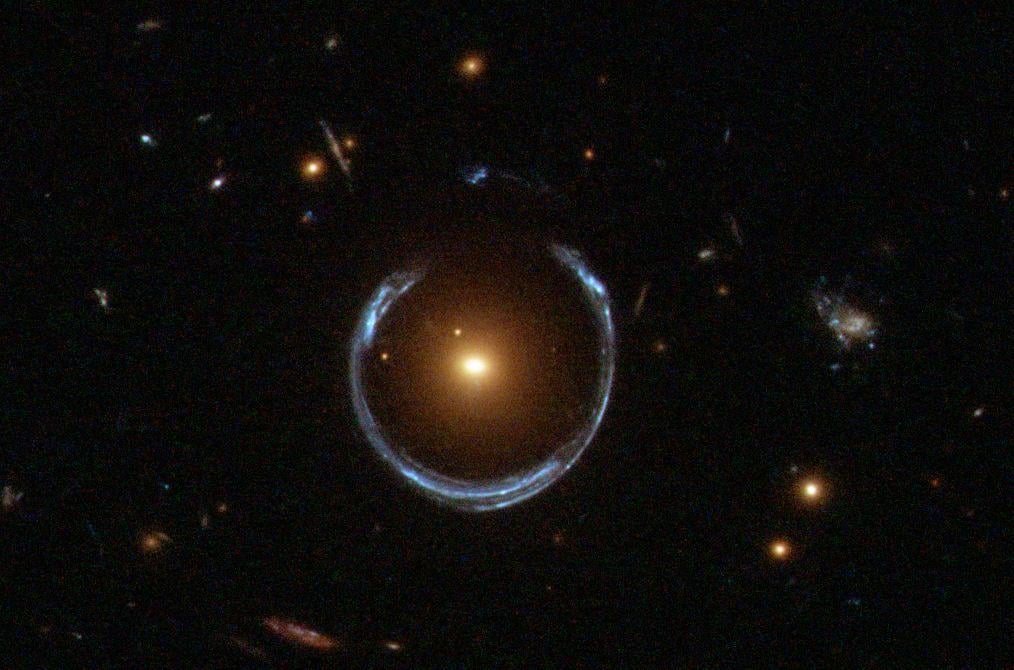
Source: Wikimedia
Black holes emit Hawking radiation, causing their horizons to shrink while their interior volumes remain vast. Rovelli and Vidotto explain, “This implies that an old evaporated black hole has a small horizon but a huge internal volume.”
From Black Hole to White Hole
This shrinkage continues until the black hole reaches the Planck Scale, where the quantum energy density prevents further contraction.
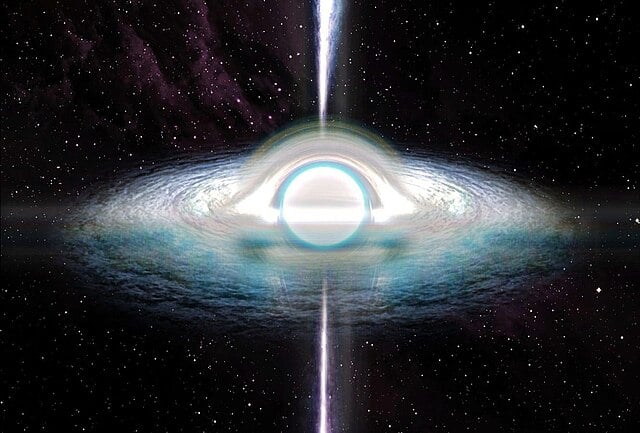
Source: Baperookamo/Wikimedia
At this point, the black hole undergoes a quantum transition into a white hole with a Planckian-sized horizon and a vast interior. Understanding these remnants has become a crucial part of cosmologists’ work.
Re-evaluating White Holes
White holes, like black holes, are valid solutions to Einstein’s field equations. Rovelli and Vidotto state, “A white hole spacetime is simply the time reversal of a black hole spacetime.”
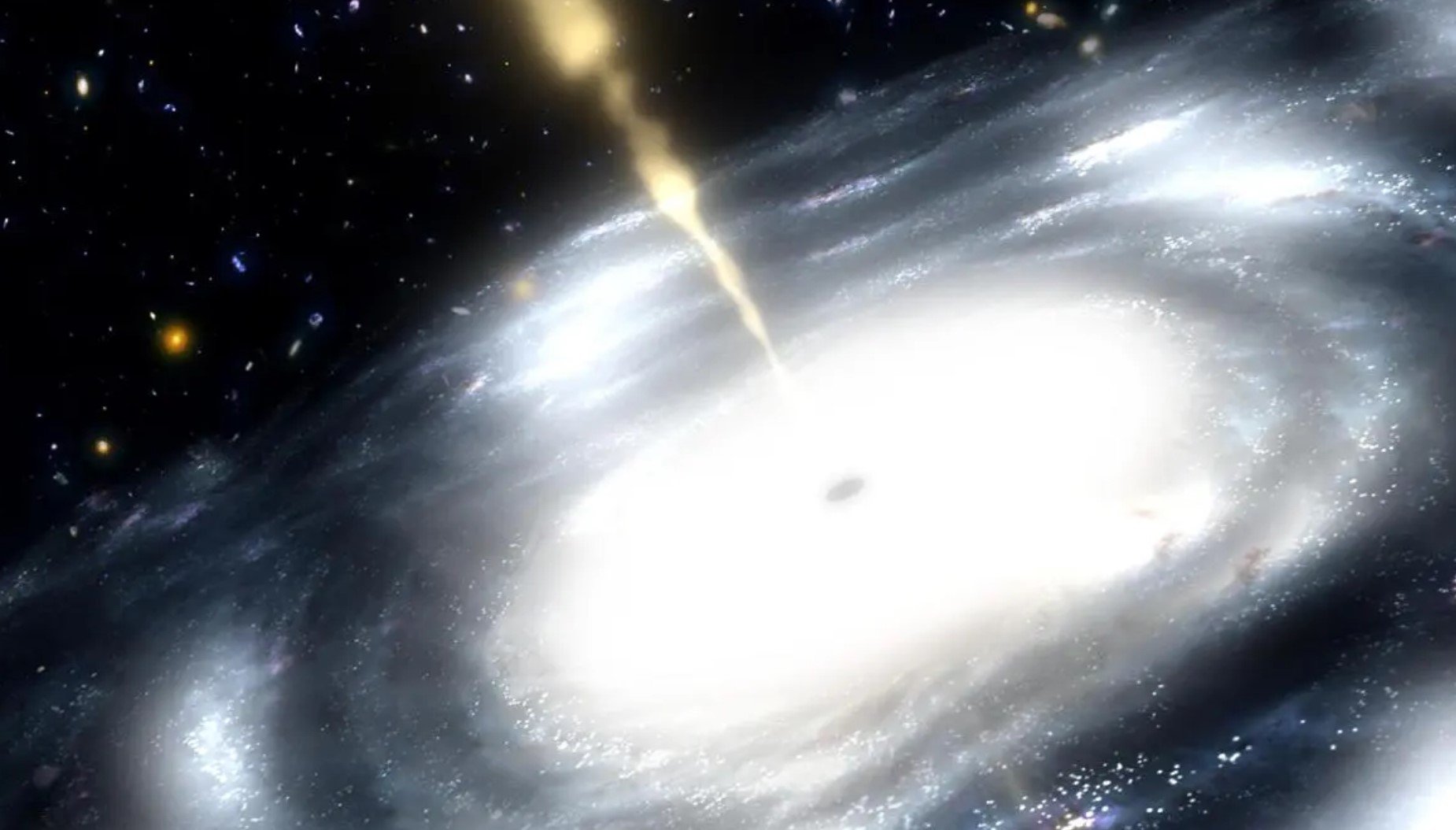
Source: Futurism
Initially thought to be insignificant, white holes are now considered to be intrinsically linked to black holes, prompting a re-evaluation of their role in the universe.
A Superposition Solution
A major challenge has been the instability of white hole solutions. However, Rovelli and Vidotto suggest that any instability would result in a stable superposition of both black and white holes.
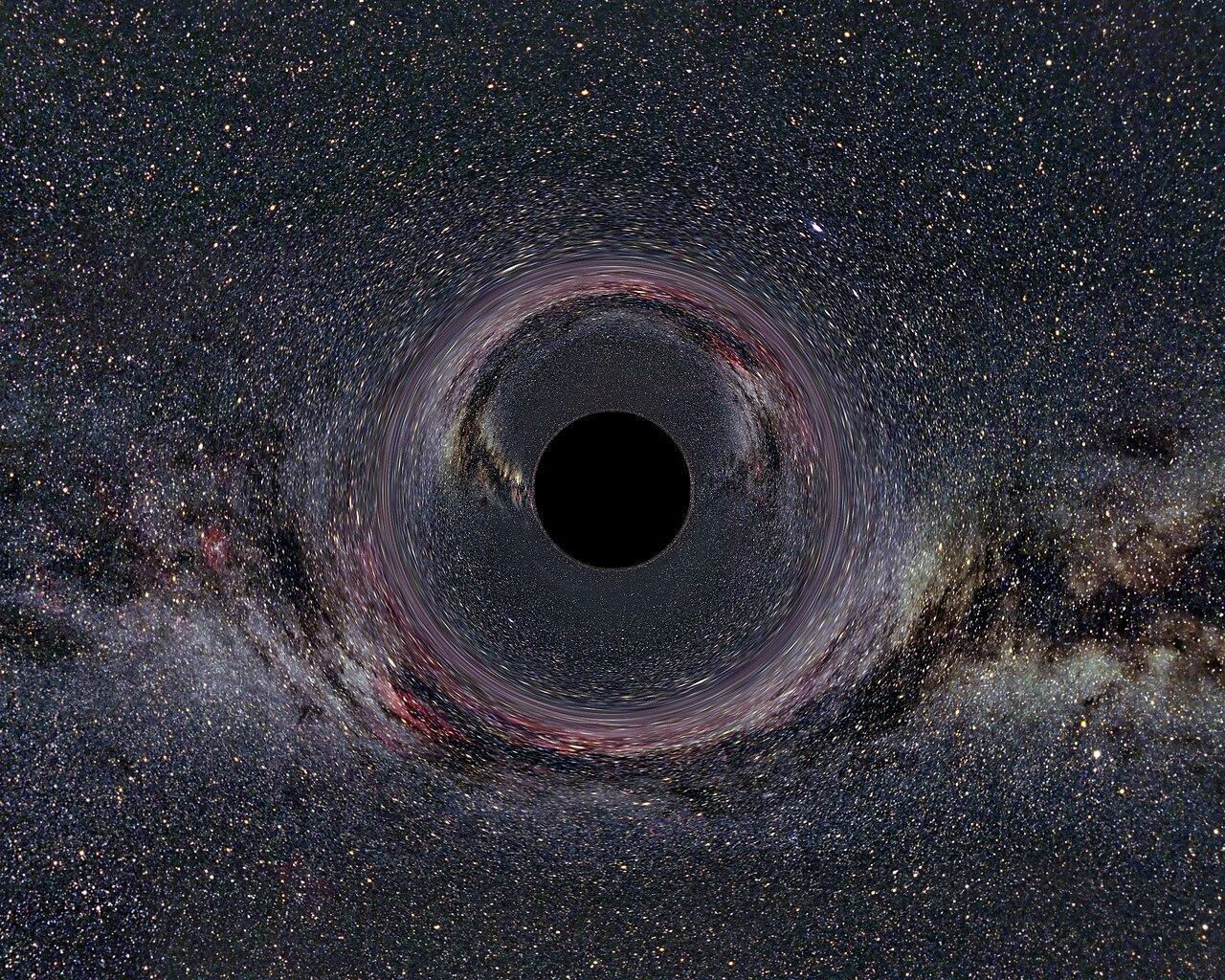
Source: Wikimedia
To an observer, a white hole appears indistinguishable from a black hole, with differences in their past and future remaining inaccessible to most.
The Lifespan of Remnants
A key question is the lifespan of remnants. Rovelli and Vidotto note that for the remnant, the process of complete dissipation happens quickly.

Source: Wikimedia
However, due to time dilation, a distant observer would perceive this process as taking the lifetime of the universe. They explain, “Time slows down near high density mass… A black hole is a shortcut to the distant future.”
Black Hole Remnants as Dark Matter Candidates
If this theory holds true, the universe should be teeming with black hole remnants (or white holes), whose mass would influence visible matter, making them strong candidates for dark matter.
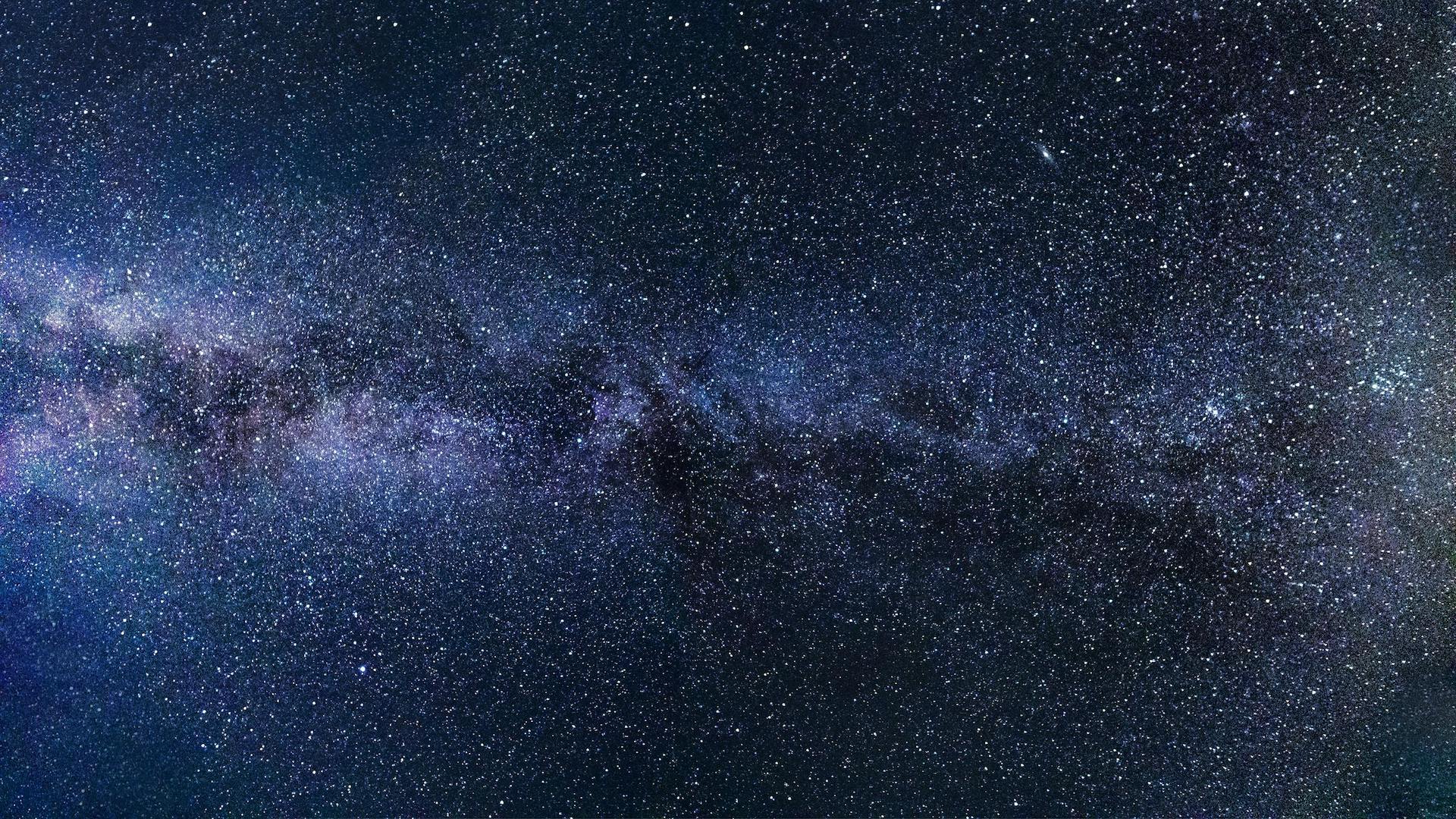
Source: Felix Mittermeier/Pexels
Rovelli and Vidotto assert, “Remnants are a dark matter candidate that does not require exotic assumptions of new forces, or particles or corrections to the Einstein equations, or physics beyond the standard model.”
Detecting Remnants
Detecting these particles is challenging due to the weak gravitational force at such a small scale.

Source: Wikimedia
However, Rovelli and Vidotto propose a method: creating a mass in a quantum superposition of two locations.
Detecting Dark Matter Particles
As a remnant passes by, it would interact more strongly with the nearer mass, altering the superposition and signaling the presence of a dark matter particle.
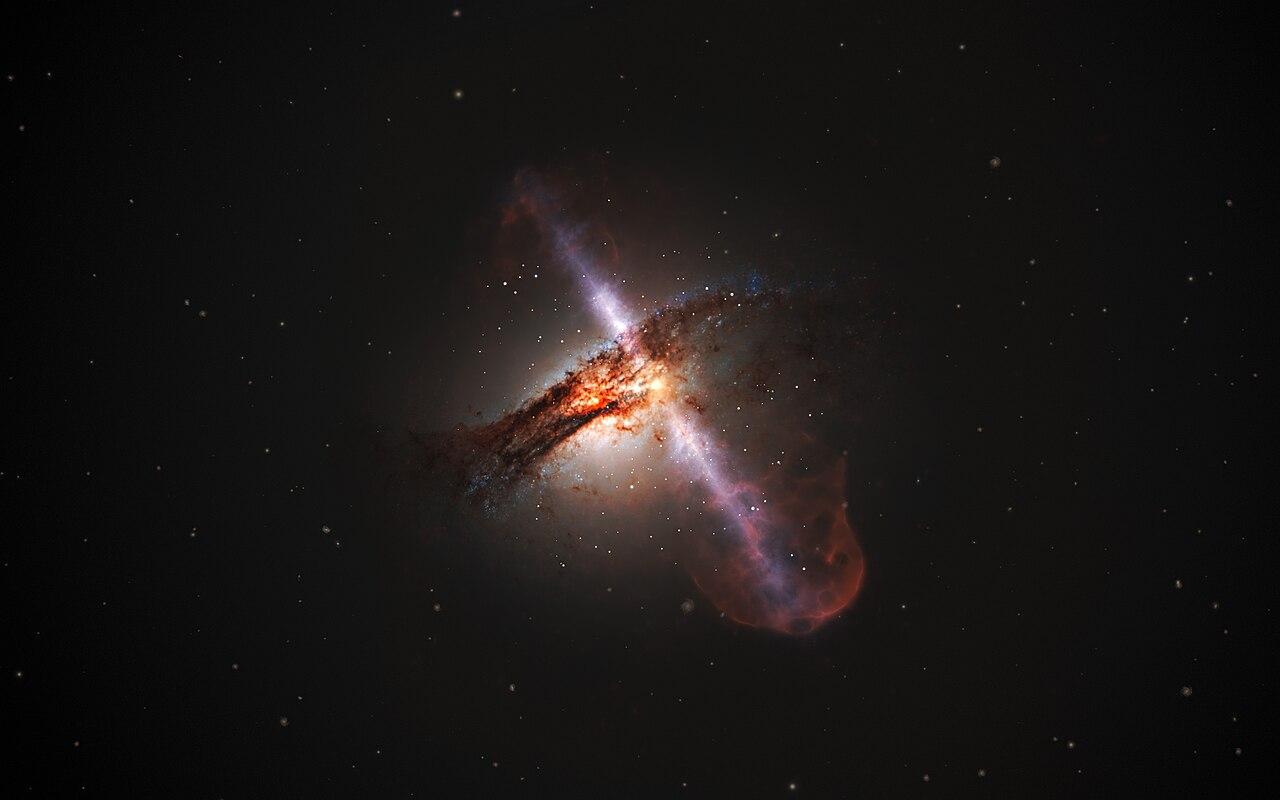
Source: Wikimedia
Whether this method can definitively identify a black hole remnant remains to be seen, but such experiments are on the verge of feasibility today.
